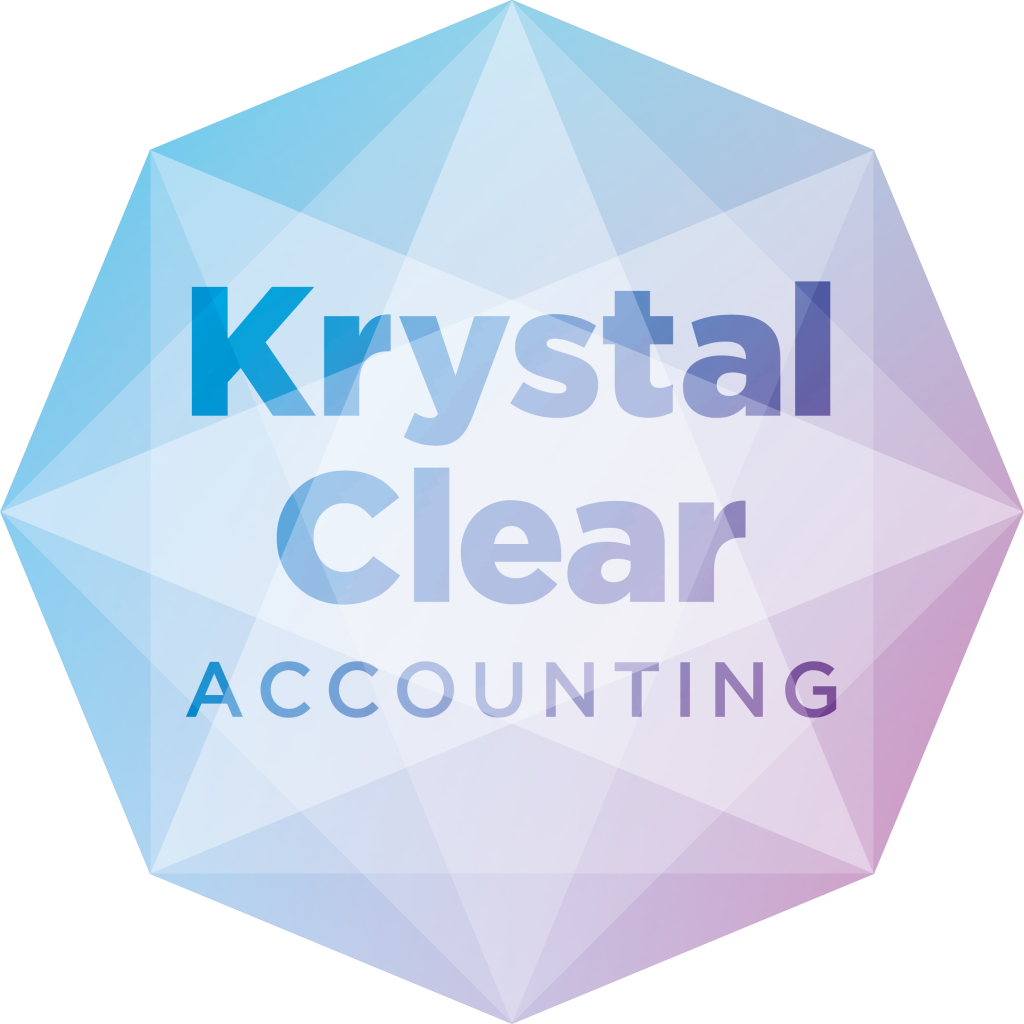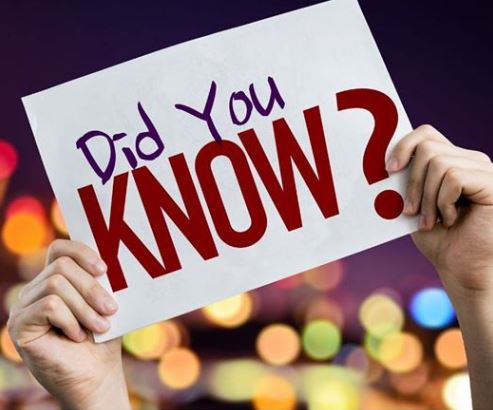As we are just into a new tax year it is worth revisiting your own personal tax situation.
To be tax efficient you need to make sure you’re maximising and making best use of the all the allowances and reliefs that are available.
Several annual tax allowances and tax bands exist on a ‘use it’ or ‘lose it’ basis.
That means they expire on the 5th April each year and, if unused, then they’re ‘lost’.
BUT
By taking advantage of the different tax brackets, tax-free allowances and concessions BEFORE the 5th April you can, potentially, reduce your tax bill this year…
Whilst the 5th April this year has past the good news it’s NOT too late to take action for the current tax year.
Now is a good time to take action. Time to review your personal tax situation. Time to take action so that you DON’T end up paying more personal tax this year than you should.
I’d hate for you miss out on a possible tax saving and pay more tax than you should.
SO to avoid that from happening….I’ve created The KMA Tax Saving checklist which lists some practical tax saving ideas which you could benefit from.
THE KRYSTAL CLEAR TAX SAVING CHECKLIST (Updated as at Apr 24)
1 Dividends : Use the £500 Dividend Allowance
Do you receive more than £500 of dividends each year?
IF so then you could transfer some of those to…
Either your spouse : This would mean you save tax by (1) using their tax free dividend tax allowance and (2) using any of their basic rate band if you are a higher rate taxpayer.
Or into an ISA : This is because dividends earned from shares in an ISA aren’t taxed. Doing this would avoid dividend tax in future.
2 Use the Income Tax Allowance
Everyone has an annual tax-free personal allowance for income tax of £12,570.
That means everyone can earn £12,570 BEFORE they start paying income tax.
SO
To save tax one possibility is to transfer income to your spouse. This would need you to transfer assets to your spouse. For instance, to avoid paying income tax on bank interest then the cash would have to be transferred into an account in the spouse’s name.
OR
Another possible idea to save tax is for your spouse to transfer part of their unused personal allowance to you.
This is only possible if one spouse has unused personal allowance and the other is a basic rate tax payer. If that’s the case, then the transfer could save you income tax by up to £251 a year.
3 Make a donation to charity
A taxpayer who earns more than £50,270 and is thinking of making a donation to charity could save tax this year just by making it before 5th April.
As a minimum the tax saving will be 20% of whatever you donate.
The percentage saved could be considerably more – it just depends on your specific tax situation.
4 Pay into a personal pension
A higher rate taxpayer (i.e. someone earning more than £50,270 a year) could potentially save tax this year simply by making a payment into their personal pension.
The minimum tax saving for a higher rate taxpayer is 20% – so £2,000 on a £10,000 pension payment.
To take advantage from this the pension payment must have left your bank account by 5th April.
ALSO
For most taxpayers the tax-free annual allowance for 2024/25 is the lower of (1) 100% of your salary OR (2) £60,000. This includes both contributions paid by you AND your employer.
If unused for 3 years then it is lost forever.
5 Over 55 – draw down pension lump sum
If you’re over 55 then you can draw down up to 25% of your personal pension and it would be tax free.
For many this could be quite a generous tax relief.
To avoid losing this opportunity to extract part of your pension pot tax free in a very tax efficient way then you could consider taking the pension draw down before the Chancellor withdraws it.
6 Don’t lose your Child Benefit
Child benefit is worth roughly £1,000 for every under 18 child.
It’s not treated as income – so it’s not taxed.
Yes, it is tax free.
It is however means tested. That’s because this benefit starts to be clawed back from the highest paid spouse when their income exceeds £60,000 for the year. The claw back rate is 1% of the child benefit for every £200 of income over £60,000.
Once the income reaches £80,000 the whole of the Child Benefit will have been clawed back and the taxpayer will be left with nothing.
To reduce how much tax-free Child Benefit is clawed back then you could make a charitable donation, transfer income to your spouse or make a payment into a personal pension. All ideas mentioned above in this checklist.
7 Use your Capital Gains Tax Allowance
Every taxpayer has an annual tax-free Capital Gains Tax Allowance of £3,000. This means if you make a gain (ie profit) on the sale of an asset then there is no Capital Gains Tax to pay on the first £3,000 of that gain.
If you have a share portfolio then you can sell some of those shares to generate a profit. As long as that profit is less than £3,000 then there will be no Capital Gains Tax to pay.
Even if you wish to keep the shares long-term then you can use this strategy to reduce future Capital Gains Tax bills. You just sell some shares as above before your spouse buys them back.
8 Make a payment into an ISA
The annual allowance is now £20,000.
It may be worth moving any cash and/or shares that you have into an ISA to get a tax-free return.
9 Invest in Venture Capital Trust (VCT)
or Enterprise Investment Scheme (EIS)
or Small Enterprise Investment Scheme (SEIS)
These schemes offer tax relief to taxpayers to encourage them to invest in companies. Assuming the strict criteria are met then a taxpayer can expect to reduce their income tax bill by between 30% and 50% of however much they invest.
There are other tax-saving benefits on offer too but those will depend on the scheme you opt for.
This is a complex area, so specialist advice is strongly advised if this is something you wish to consider.
If you’d like to talk about what’s possible then please call 0161 410 0020 or email wecare@krystal-clear.co.uk and we can set up a chat over a coffee. Virtually or face to face…
Remember this information is correct at the time of writing in Apr 24 but tax rates and allowances change.
So Make sure you seek advice on your circumstances – see disclaimer below!


